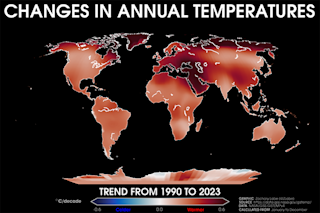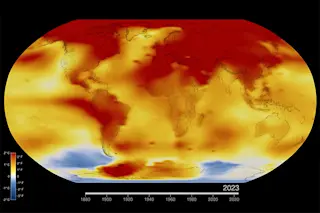Astronaut Karen L. Nyberg shot this photo on Sept. 27 from her perch aboard the International Space Station. (Photograph: Karen L. Nyberg/NASA) When I first spotted this striking image in Karen L. Nyberg's Twitter feed from the International Space Station, the word "LIGHTNING" burst across my brain. I knew it actually was not, because the caption said plainly that what I was looking at was fog filling the river valleys of Ohio and West Virginia. Even so, the resemblance is uncanny. And the image itself is a terrific example of Earth art. Let's call it "fractal fog." Just as an aside, I wanted to provide a satellite image showing the same phenomenon. But I learned to my dismay that the federal government, including NASA, has largely disappeared from the Web due to the government shut down. I'm guessing this is unprecedented. In any case, rivers can form fractal patterns — ...
Lightning bolts? Nope. Fractal Fog.
Explore the captivating fractal fog phenomenon captured from the International Space Station, showcasing nature's stunning artwork.
More on Discover
Stay Curious
SubscribeTo The Magazine
Save up to 40% off the cover price when you subscribe to Discover magazine.
Subscribe













